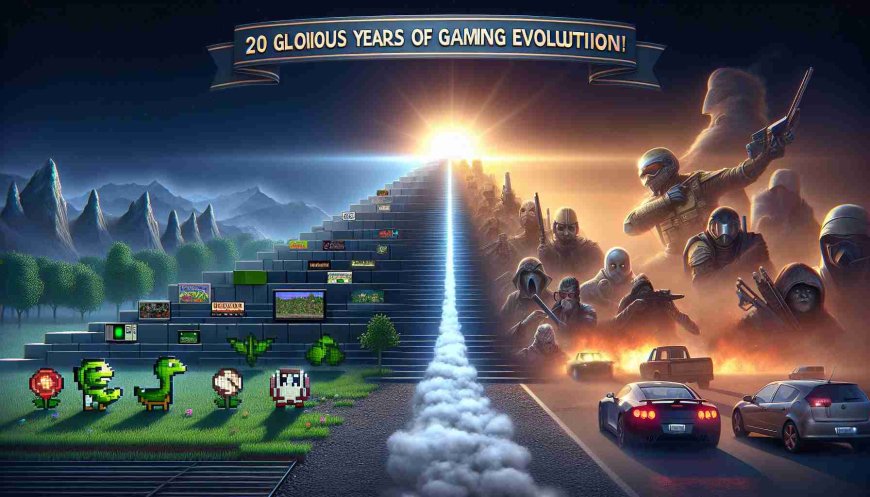The Evolution of Steam: Celebrating 20 Years of Influence in PC Gaming
Steam's journey began in March 2002 at the Game Developers Conference (GDC), with its official launch coming on September 12, 2003. Initially, Steam served as a platform for Valve to patch games and implement anti-piracy measures. It wasn't mandatory for Valve game owners, a decision influenced by the platform's initial bugs and the discomfort with online-only services. Steam's early days saw it struggling for widespread adoption, primarily used by Counter-Strike enthusiasts.

Half-Life 2: Turning the Tides for Steam
The release of Half-Life 2 on November 16, 2004, marked a pivotal moment for Steam. Requiring players to use Steam for activation, even with physical copies, was a novel approach at the time. Despite server issues and significant backlash, the success of Half-Life 2 brought a surge of new users to Steam, laying the foundation for its future growth.
Expanding the Steam Universe
Steam's library expanded rapidly, adding a variety of games, demos, and videos. Key features introduced in 2007 like search, top sellers, and the Steam Community (including friends lists and community groups) enhanced the platform's appeal. The introduction of the Steamworks SDK in 2008 was a major milestone, allowing broader integration of Steam into games.
Also Check Apple’s Vision Pro Delayed By Two Months
The Rise of Steam Features and Community
By 2010, Steam boasted around 3,000 products and a thriving community, further bolstered by the launch of the Steam Workshop in 2012. The introduction of the Steam Community Market, a trading platform for in-game items, added a unique economic dimension to Steam's ecosystem.
Challenges and Innovations
Not all ventures were successful. Steam Greenlight, launched in 2012 to democratize game approvals, faced criticism and was eventually phased out. Valve CEO Gabe Newell admitted its shortcomings, highlighting the platform's ongoing evolution.
Steam's Foray into Hardware: Steam Machines and More
Valve's venture into the hardware space began with the 2012 announcement of Big Picture Mode, followed by the unveiling of Steam OS, the Steam Controller, and Steam Machines in 2013. These initiatives aimed to bring PC gaming into the living room but had mixed success.
Other Hardware Ventures
Valve also explored other hardware avenues, including the Steam Link for streaming games to different displays within a home network. The physical Steam Link device was eventually discontinued in favor of a software solution.
Conclusion: Steam's Lasting Impact on PC Gaming
As Steam celebrates its 20th anniversary, its influence on PC gaming is undeniable. From its challenging beginnings to its current status as the premier gaming platform, Steam has shaped the way games are distributed, played, and experienced. Its journey reflects the dynamic nature of the gaming industry and its ability to adapt and innovate over two decades.


































